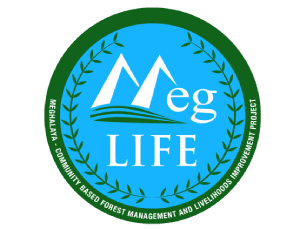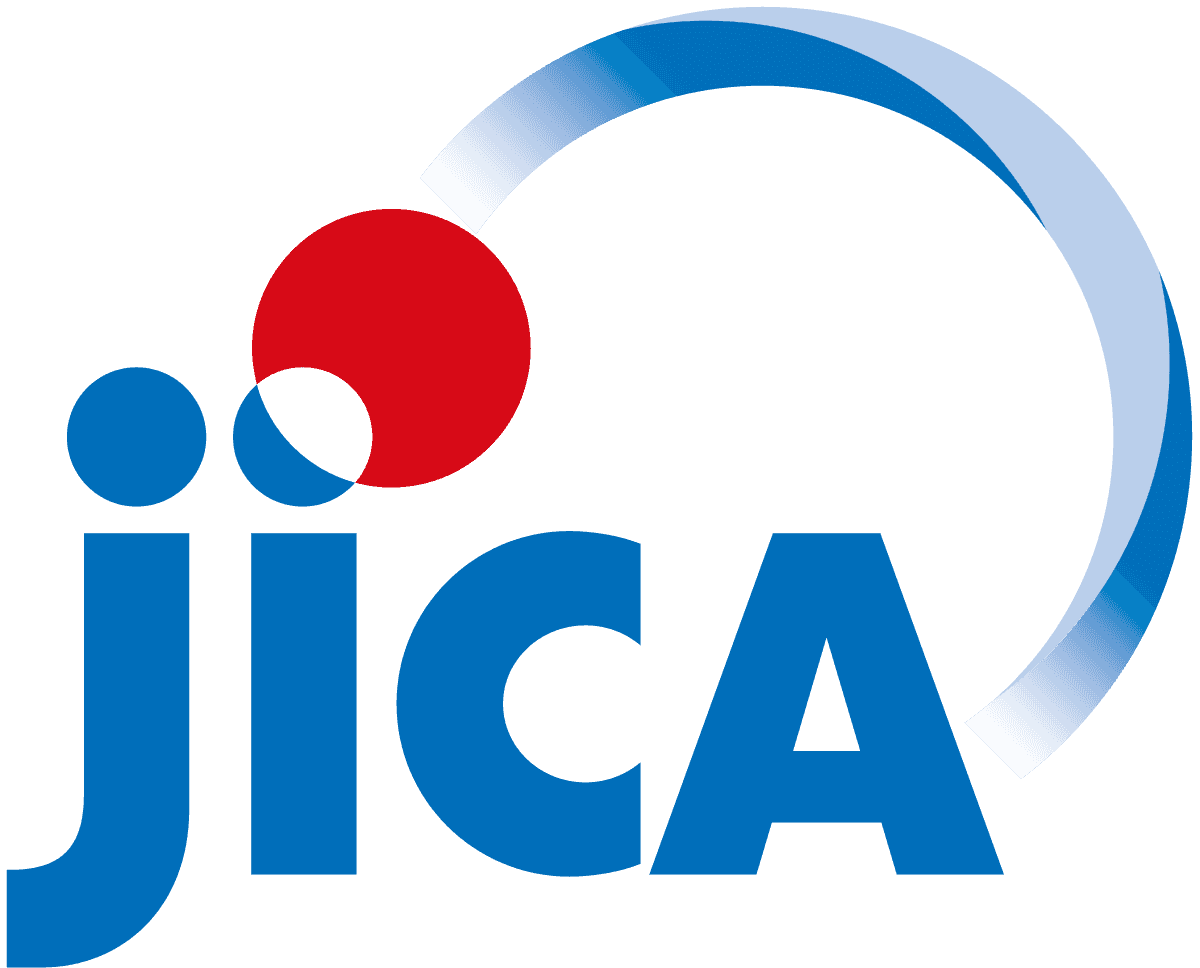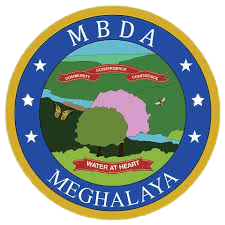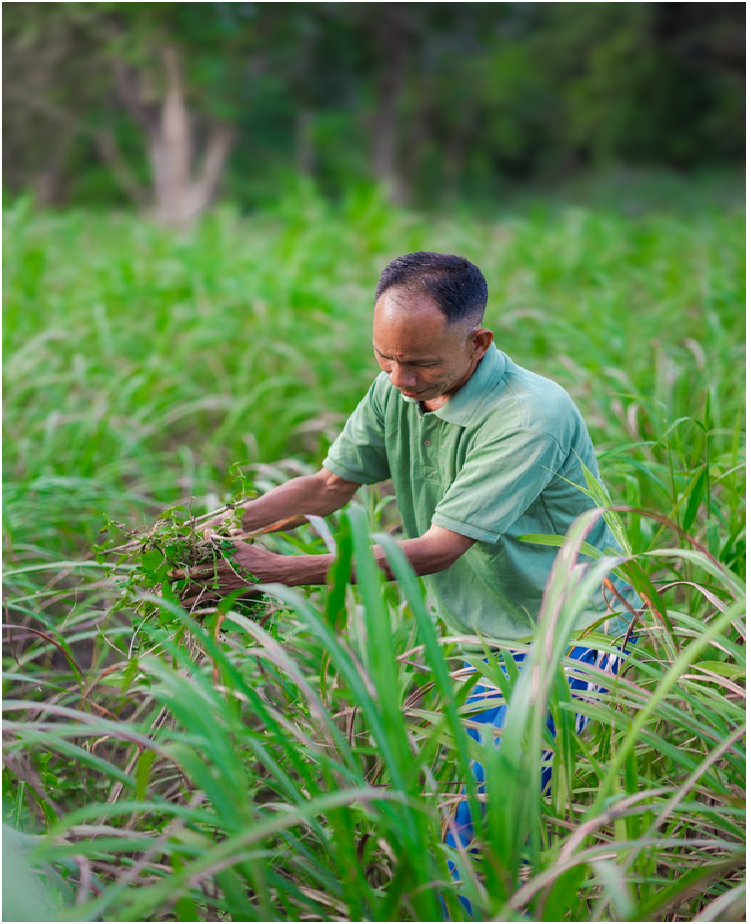
Reclaiming Agrenggittim: A Community-Driven Revival of Degraded Land
Overview
Agrenggittim, a village nestled in South Garo Hills District, spanning 589.25 hectares and is home to 264 residents. Once blessed with the riches of coal, the era of coal mining came to an end in 2003, leaving behind a legacy of unscientific practices that resulted in the drowning of 14 hectares of mining area. This unscientific mining approach subsequently led to severe land degradation within the affected coal mining region.
The Challenge
The aftermath of coal mining left a stark imprint on the landscape—a barren expanse where no trees thrived naturally. The consequence of land degradation extends beyond the immediate vicinity. The Seelpang stream, which meanders around this area, witnessed a massive reduction in its volume due to the altered landscape. Furthermore, the spring known as Rogo Chiring, originating from this plot of land, has transformed into a seasonal water source. During the dry season, from February until the onset of the monsoon, this spring dries up, highlighting the far-reaching impacts of the coal mining practices on the local hydrology.
This village not only grapples with the aftermath of coal mining but also contends with an additional challenge—36.92 hectares of barren land within its boundaries. The combination of coal mining affected areas and extensive barren land underscores the complex landscape Agrenggitim navigates in its pursuit of environmental restoration and community well-being.
The Initiative
To restore the degraded land and enhance water sources, the community, in collaboration with the Community-Based Forest Management and Livelihood Improvement Project (MegLIFE) and the Institute of Natural Resources, Meghalaya (INR), initiated a Citronella plantation on 14 hectares of barren, degraded land on June 2023. Citronella plantation, recognized for its effectiveness in rehabilitating degraded landscapes and improving soil fertility, has emerged as a strategic choice for conservation and sustainable land use. To further address the extensive barren land, the community also undertook a significant mass afforestation effort.
The Citronella plantation not only contributes to the reclamation of the barren expanse but also aids in soil conservation, offering a holistic solution to ecological challenges faced by the community. With its inherent properties for soil improvement and restoration, Citronella becomes a valuable asset in the broader initiative to revive the land’s health and promote sustainable environmental practices in Agrenggittim. This collaborative effort showcases the positive impact that community driven projects can have in revitalizing landscapes and fostering long-term environmental resilience.
Pre and Post Implementation Scenario
Prior to the Citronella aroma plantation initiative, Agrenggittim faced the pressing issue of soil erosion, resulting in the siltation of streams and springs in the vicinity. This not only adversely affected the availability of drinking water within the community but also had downstream implications for the water quality of Simsang River, primarily due to coal sediments. The extensive barren land in Agrenggittim has significant repercussions on both biodiversity and water sources within the area. The lack of vegetation on such a large scale negatively impacts biodiversity disrupting ecosystems and diminishing habitats for various species. Additionally, the barren land contributes to water sources depletion, exacerbating challenges related to water availability and quality.
The Citronella plantation of 7 lakh slips on 14 hectares of degraded land has successfully transformed the landscape. The once exposed soil for 10 years is now covered, providing essential protection to soil organisms and significantly reducing the erosion. Simultaneously, the mass afforestation initiative with 400 saplings per hectare in 36.92 hectares, holds promising prospects for enhancing biodiversity in the region. The plantation endeavor proved to be a success, boasting an impressive 95% of survival rate.
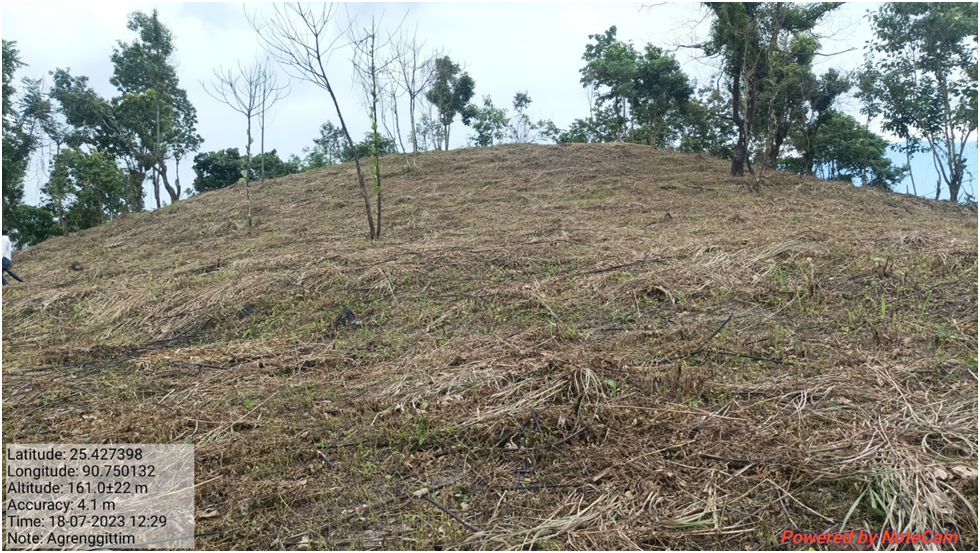
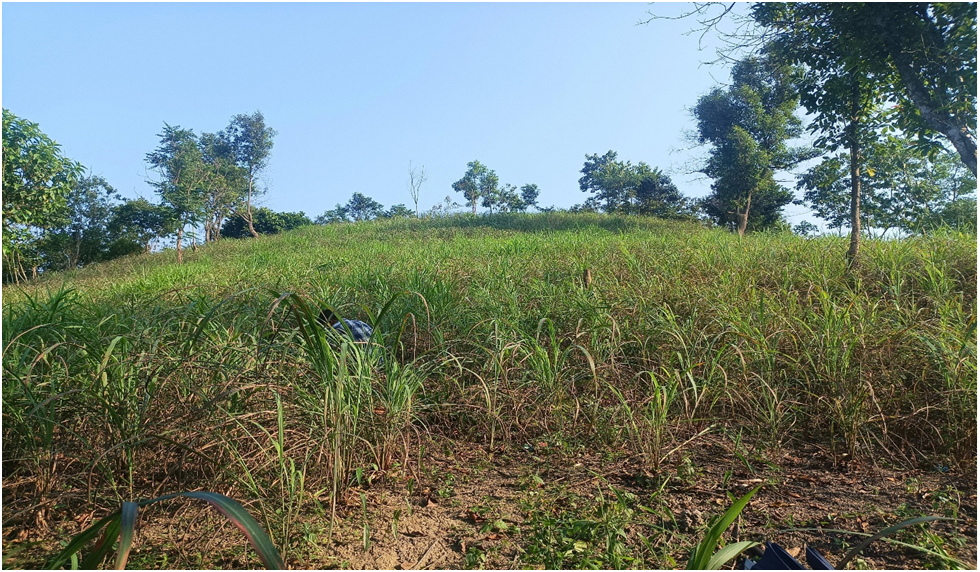
Environmental and Community Impact
By mitigating soil erosion through Citronella plantation and promoting biodiversity with mass afforestation, these efforts are instrumental in enhancing the overall health of the ecosystem. This, in turn, positively impacts the water resources of the region. The improved soil retention and increased biodiversity contribute to a more resilient and sustainable water ecosystem, fostering a positive impact on water quality and availability in Agrenggittim.
Plantation of Medicinal and Aromatic Plants
Recognized for its effectiveness in rehabilitating degraded landscapes and improving soil fertility, Citronella has emerged as a strategic choice for conservation and sustainable land use, offering agricultural benefits such as companion planting to protect other plants from pests, improving soil quality, and preventing erosion, and providing environmental benefits due to its biodegradable nature and sustainable cultivation; by addressing soil degradation caused by mining activities, the deep-rooted system of Citronella plants stabilizes the soil, reduces erosion, and promotes water conservation, marking a thoughtful and sustainable approach to environmental restoration in Agrenggittim.


SALT- Sloping Agricultural Land Technology at Arenggittim
Agrenggittim farmers have also adopted SALT farming, a strategic step toward groundwater recharge and soil conservation. Using the A-frame method, contour lines were crafted, and nitrogen-fixing plants like Tephrosia and Indigofera were planted along these lines. Practicing zero tillage, this approach increased the soil's water holding capacity and reduced surface runoff, effectively conserving soil and water.
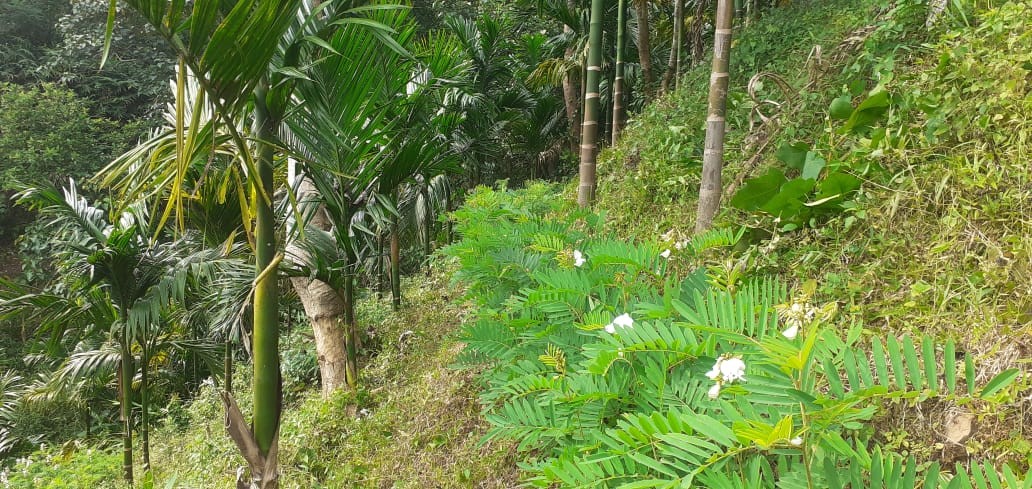
Afforestation in Arenggittim
The afforestation project of MegLIFE led by the community in Agrenggittim involves the planting of 400 saplings per hectare in 36.92 hectares of land, following a model of Restoration of barren land is strategically undertaken with the primary goal of water conservation. The tree plantation in Agrenggittim emphasizes the selection of trees with excellent water retention qualities. This deliberate choice aims to enhance the capacity of the planted trees to retain and conserve water, contributing to improved soil moisture levels and overall water sustainability in the region. The strategic selection of these trees underscores the community’s commitment to thoughtful environmental practices and long-term water conservation goals.
Conclusion
Aggrenggitim, once marked by the aftermath of coal mining and extensive barren land, has witnessed a transformative journey through dedicated community-led initiatives. The introduction of aroma Citronella plantations, coupled with mass afforestation, stands as a beacon of environmental resilience. The successful revival of degraded lands, observed improvements in water bodies, and positive changes in siltation levels underscore the effectiveness of these initiatives.
The community’s collaboration with MegLIFE, and INR has not only addressed immediate challenges such as soil erosion and water quality but has set the stage for a more sustainable future. The ongoing afforestation efforts promise not only to enhance biodiversity but also to foster a healthier coexistence between Aggrenggitim’s ecosystems and its residents.
As Aggrenggitim continues on this path of environmental restoration, it exemplifies the profound impact that local actions can have on transforming landscapes and safeguarding vital resources. The success of these initiatives serves as an inspiration, emphasizing the importance of community engagement and sustainable practices in shaping a resilient and vibrant environment.
